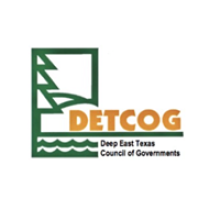Cumberland County, Maine, RFP for Regional Broadband Utility Plan
Local governments in Maine have been going all out in the past few years to address the problem of lack of high-quality Internet access in rural areas. Now, Cumberland County is using Community Development Block Grants (CDBG) to help develop a resource they hope will assist local communities interested in publicly owned Internet access infrastructure. They’ve released a Request for Proposals (RFP) to Develop Regional Broadband Planning and Management; proposals are due October 31, 2018.
The Playbook
Elected officials in Cumberland County report that local community leaders from different towns throughout the county have expressed an interest in a regional initiative for better connectivity. At least four towns and the Greater Portland area have been working to develop broadband plans with an eye toward regional possibilities. This RFP is an effort to bring all those separate plans together and examine the possibility of a regional utility.
The county has determined that the playbook should provide information in three main areas: resource mapping, financing, and utility development.
Information to be included in the document will provide estimated costs and challenges of building fiber networks to each municipality in Cumberland County. This mapping portion of the playbook should compare last mile connectivity costs to middle mile network costs, consider specific plans for some of the county’s hard-to-reach areas, and examine working with privately owned fiber that is currently in place.
County officials want respondents to investigate and propose ways to finance a regional utility. They also want to know more about models that include both publicly owned and privately owned infrastructure. As part of the playbook, county officials expect a survey of residents in Cumberland County.




